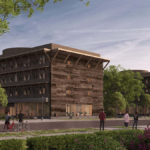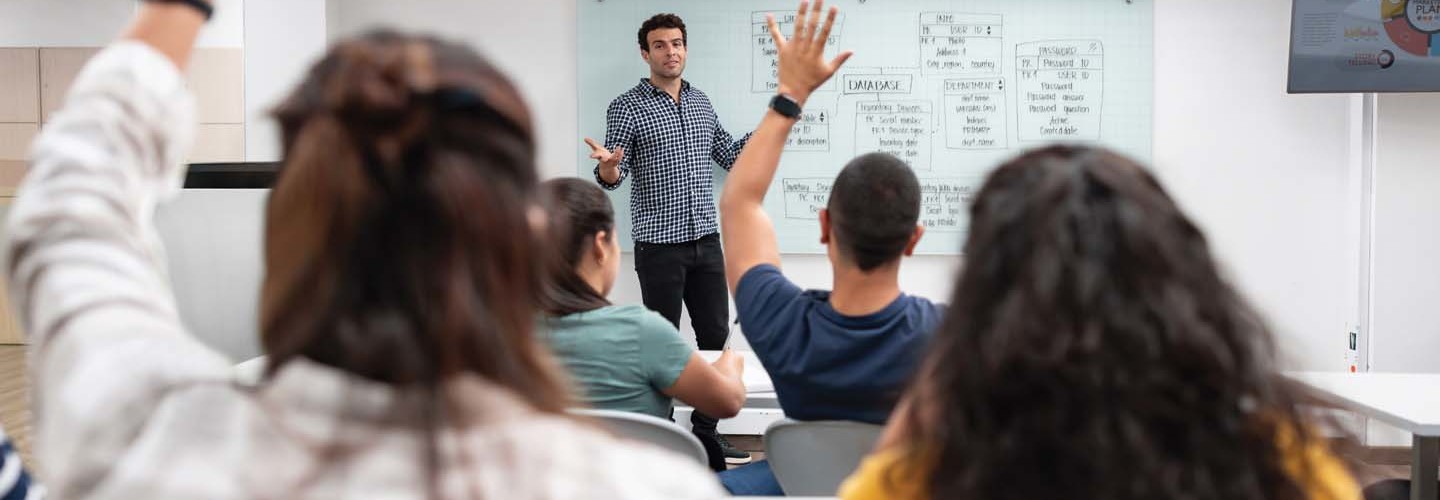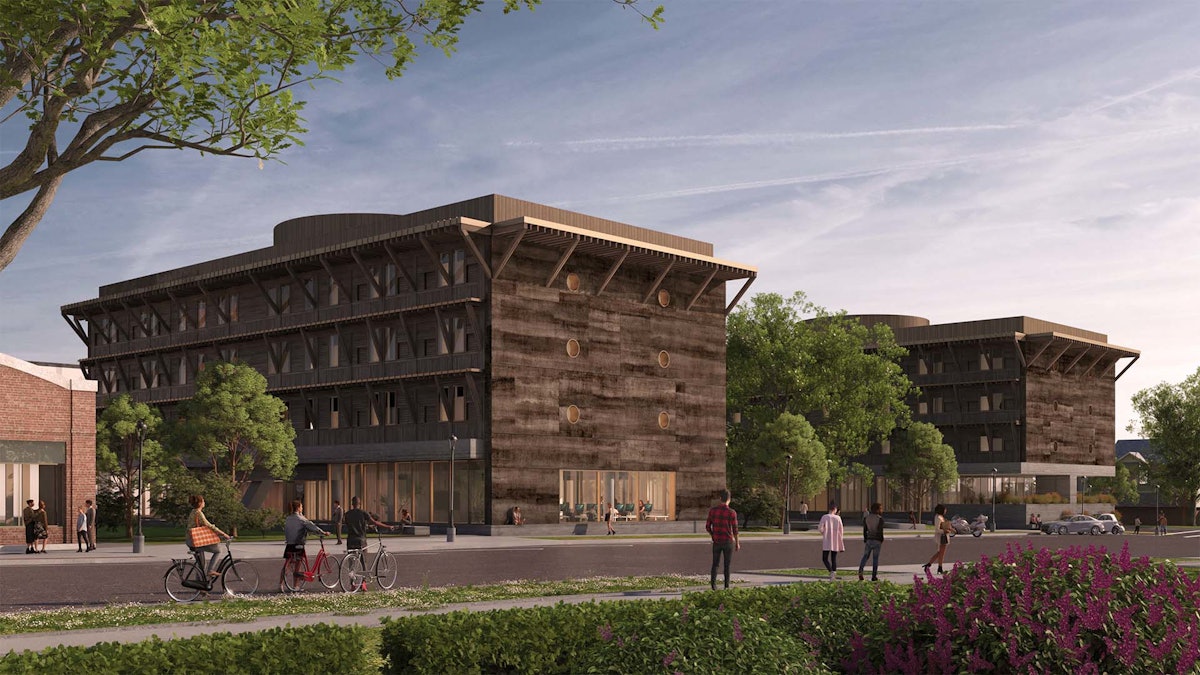CRM Technology Can Help Position Students for Success
To improve the odds of students reaching graduation, many schools use customer relationship management solutions, such as Salesforce’s Education Cloud, to support student lifecycle management initiatives that track and assess students’ interactions with the institution.
California State University San Marcos, for example, uses Microsoft’s Dynamics 365 Customer Insights, which allows the institution to glean information from centralized data resources and personalize current, past and potential students’ journeys, according to Paige Johnson, Microsoft’s vice president of education marketing.
“This customization improves engagement across the whole lifecycle, from high school as prospective students, to successful students, even to alumni making a difference in the community,” Johnson says. “You can improve student experiences, manage the school’s relationship with them, use predictive analytics to improve learning outcomes and boost marketing and institutional performance.”
Colleges and universities can integrate data into Salesforce’s Education Cloud solution from separate sources — such as student information systems, financial records and other collected information, which users, ranging from advising staff to alumni relationship officers and recruiters, can access via dashboards.
The information may help schools identify common roadblocks and achievements among groups or entire classes of students, which could indicate that operational or other changes would be advantageous. Faculty and staff can also use the platform to pinpoint when specific students might benefit from assistance.
EXPLORE: Why it may be time to consider Data Center as a Service in higher education.
“More and more of our customers are using different data sources to learn about what issues they might be having and how they can help with their outcomes,” Subramanian says. “A student who maybe is not enrolled for a full course load in a particular semester and is falling behind in their tuition, potentially they have a financial hardship.”
When a certain type of intervention is needed, advisers can assign items from a library of care plans within the solution. These are templates that provide a set of goals to help both the student and the adviser to address the issue. As the student completes tasks in the plan, the adviser receives updates.
“We work with our customers to create a unified profile of the student,” Subramanian says. “The adviser can look at this data to devise the best approaches for the student going forward.”
Student Data Can Highlight Chances to Connect
Arizona State University instituted Salesforce’s solution more than a decade ago to give faculty and staff a holistic view of the student lifecycle, from the application phase to enrollment and academic activities, says Kaleb Anderson, senior director of constituent relationship management and Salesforce technology for EdPlus (an ASU enterprise program that focuses on scalable digital teaching and learning design and delivery).
When a student decides to change majors, for example, the school wants to do more than just have one department forward the call to another, Anderson says.
“How do we prevent them from falling through the cracks?” he says. “That was the genesis of it all, this idea that we weren’t really servicing our students if we didn’t have one system to see everything that was going on with them.”
ASU has used several Amazon Web Services tools, including AWS Lambda, App Flow and Simple Storage Service (S3), to create what Anderson calls “the connective tissue” that allows data to be moved into the Salesforce platform from the school’s disparate systems, so employees can be alerted about opportunities to engage with students.
#Student #Lifecycle #Management #Contributing #Student #Success








